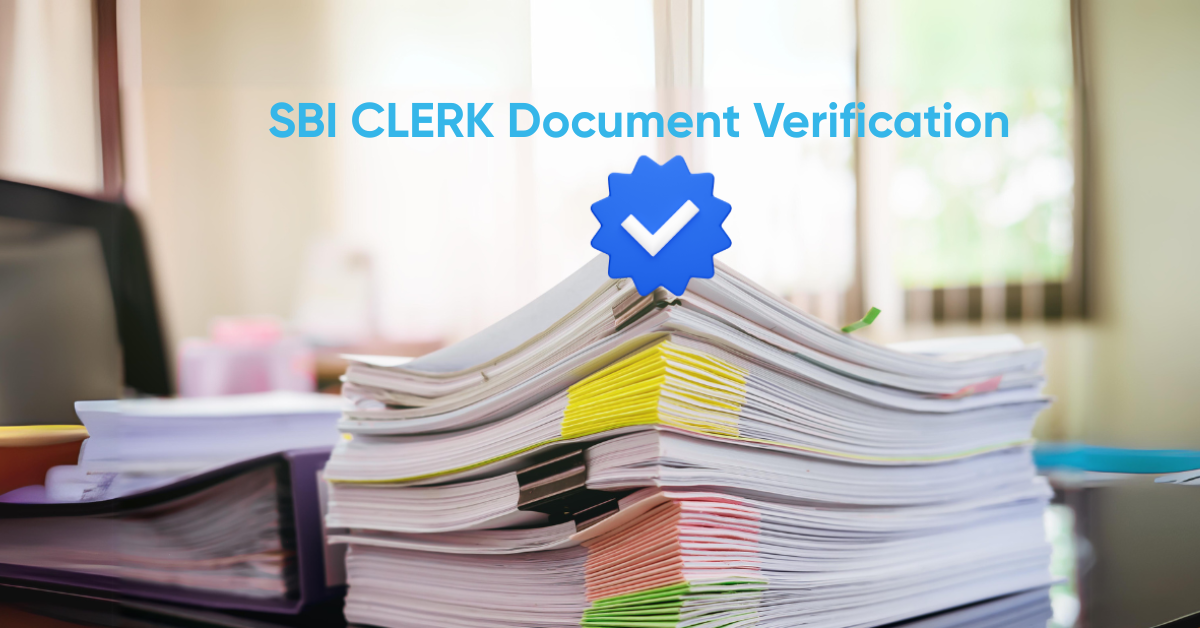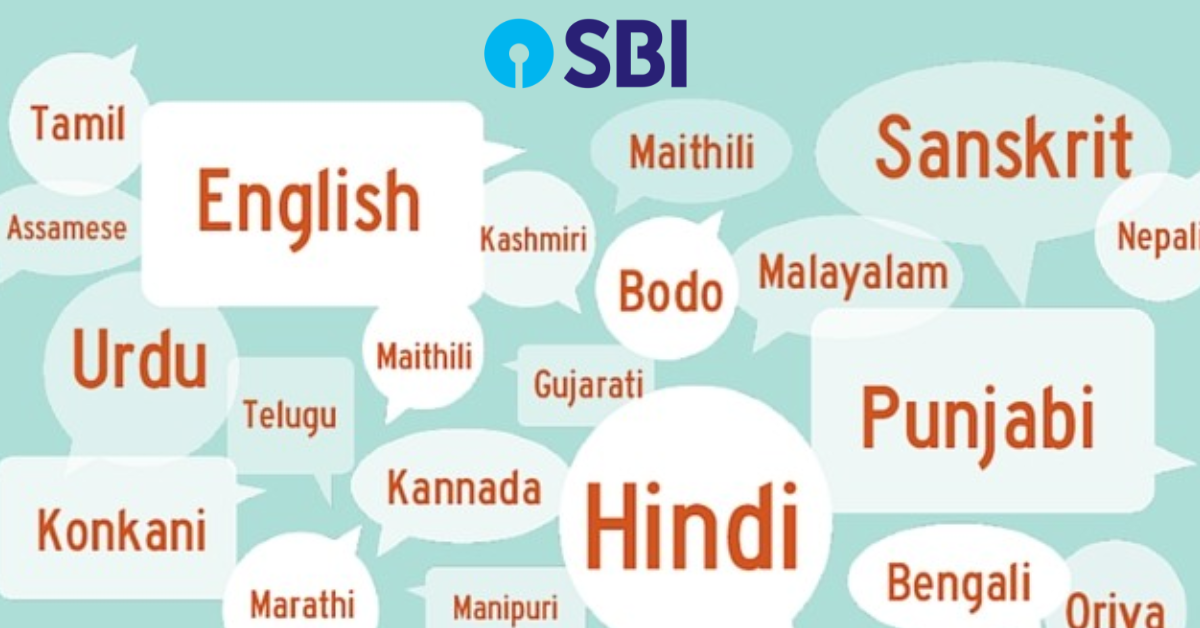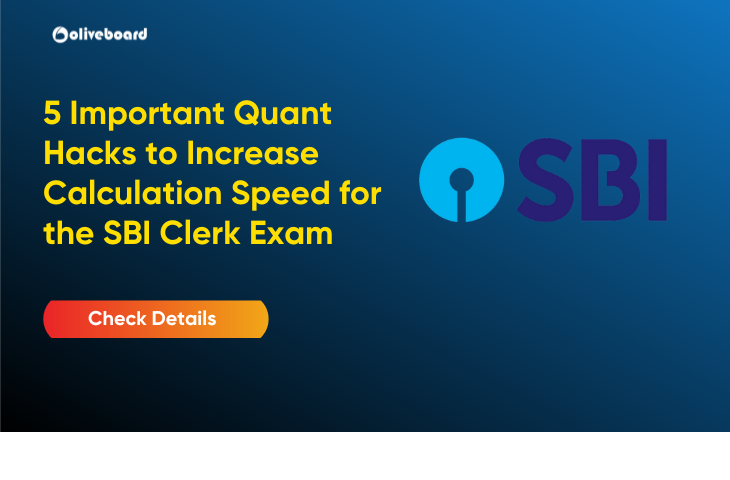5 Important Quant Hacks to Increase Calculation Speed for the SBI Clerk Exam
The SBI Clerk exam is one of the most competitive and coveted opportunities in the banking sector. With thousands of candidates fighting for limited vacancies, speed and accuracy in the Quantitative Aptitude section can significantly boost your chances of success. Efficient calculation is a game-changer when it comes to solving problems quickly, which is crucial during the exam. This article will discuss 5 Important Quant Hacks to Increase Calculation Speed for the SBI Clerk Exam.
1. Master Essential Calculation Techniques for Quick Results
The first step toward improving your calculation speed is to master some fundamental techniques for SBI Clerk Exam. These simple but powerful strategies will help you solve problems faster and with greater accuracy.
Mastering Squares and Cubes for Faster Calculations
Learning the squares and cubes of numbers up to 30 is a fundamental skill that every banking aspirant should have. These values will frequently appear in sections like simplification, number series, approximation, and data interpretation. Knowing these values by heart saves you time and effort during the exam.
Examples:
- Squares:
15² = 225,
20² = 400
25² = 625 - Cubes:
10³ = 1000,
12³ = 1728,
15³ = 3375
By memorizing these numbers, you can immediately solve questions that involve squaring or cubing without needing to perform these calculations during the exam.
Learn Fractions and Their Equivalent Percentages
Understanding fraction-to-percentage conversions is essential for quick calculations in sections like percentages, ratios, and proportions. Memorizing the conversion of common fractions to percentages will save you valuable time when faced with complex percentage-based problems.
Examples:
- 1/2 = 50%
- 1/4 = 25%
- 3/5 = 60%
- 7/10 = 70%
- 2/5 = 40%
When solving problems involving percentages or ratios, these conversions will allow you to skip the manual work and directly solve the problems.
Revise the Multiplication Table Up to 30
A well-memorized multiplication table up to 30 is essential for quick calculations in arithmetic problems. By committing the multiplication results of numbers from 1 to 30 to memory, you’ll be able to solve a wide range of questions much more efficiently, especially in arithmetic and data interpretation sections.
Examples:
- 14 x 17 = 238
- 21 x 29 = 609
- 26 x 19 = 494
The more familiar you are with these multiplication tables, the faster you can solve problems without relying on a calculator or time-consuming mental work.
2. Practice Mental Calculations Regularly
Another excellent technique to boost calculation speed is mental arithmetic. Instead of writing down each step, practice doing calculations in your head. This will not only improve your speed but also enhance your accuracy. Simple operations such as addition, subtraction, multiplication, and division should be practiced mentally.
Examples:
- Add 425 and 678 mentally: 1103.
- Subtract 525 from 800 mentally: 275.
- Multiply 19 by 4 mentally: 76.
- Divide 144 by 12 mentally: 12.
By consistently practicing mental math, you will find yourself solving complex problems in seconds, ultimately saving time during the exam.
3. Use Vedic Mathematics to Boost Speed
Vedic Mathematics, a set of ancient techniques, can significantly increase your speed in solving complex problems. It offers simple tricks for performing multiplication, division, addition, and subtraction in a fraction of the time. Many of these tricks are highly efficient for solving multi-step problems that involve large numbers.
Examples:
- Multiplying by 11: To multiply any two-digit number by 11, add the digits of the number and place the sum between the digits. For example, to multiply 47 by 11, add 4 + 7 = 11, so the result is 517.
- Multiplying by 9: Multiply the number by 10 and subtract the original number. For example, 68 × 9: (68 × 10) – 68 = 680 – 68 = 612.
Regular practice of Vedic Maths will sharpen your ability to perform complex calculations quickly, which can give you an edge over other candidates during the exam.
4. Use Approximation for Faster Calculations
Sometimes, exact calculations aren’t necessary in banking exams. Many questions in Data Interpretation and Simplification can be solved by approximation. Estimating the values of large numbers or complex operations can significantly reduce the time it takes to solve a problem.
Example:
- For a question involving the division of 1234 by 45, you can approximate 1234 ≈ 1200 and 45 ≈ 50, which makes the division much easier:
1200 ÷ 50 = 24.
Using approximation, you can often eliminate the need for lengthy calculations while still arriving at a correct answer within the required margin of error.
5. Practice Time Management During Mock Tests
One of the most important aspects of increasing calculation speed is time management. The more you practice, the better you become at solving problems within the time constraints of the exam. Regularly taking mock tests will not only improve your speed but also help you gauge your performance.
During mock tests, focus on timing yourself and solving problems as quickly as possible without compromising on accuracy. Gradually reduce the time you take for each section and identify areas where you can improve. This practice will build your stamina and speed for the actual exam.
| SBI Clerk Related Articles |
| SBI Clerk Mock Test |
| SBI Clerk Exam Online Coaching |
- SBI Clerk Puzzles 2025 Practice Questions With Solutions

- SBI Clerk vs SBI PO, Major Differences & Similarities

- SBI Clerk Joining and DV Dates 2025 Out, Check List of Documents

- SBI Clerk Waiting List 2025, Release Date, Download Link

- SBI Clerk Mains Scorecard 2025 and Cut Off Marks Out, Direct Link

- SBI Clerk LPT 2025, Types of Questions Asked, Preparation Tips


Hello there! I’m a dedicated Government Job aspirant turned passionate writer & content marketer. My blogs are a one-stop destination for accurate and comprehensive information on exams like Regulatory Bodies, Banking, SSC, State PSCs, and more. I’m on a mission to provide you with all the details you need, conveniently in one place. When I’m not writing and marketing, you’ll find me happily experimenting in the kitchen, cooking up delightful treats. Join me on this journey of knowledge and flavors!
